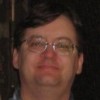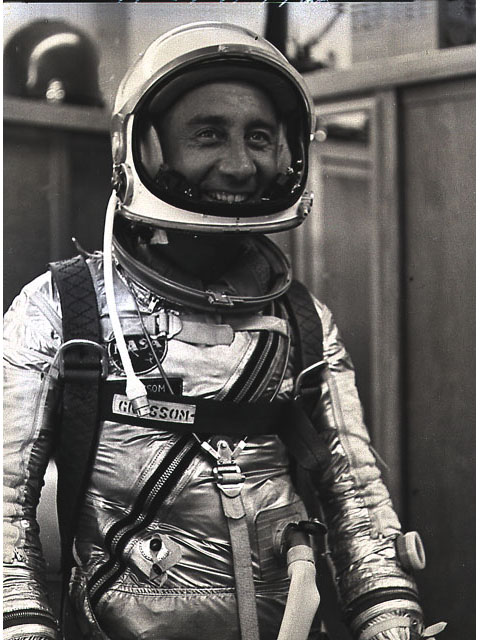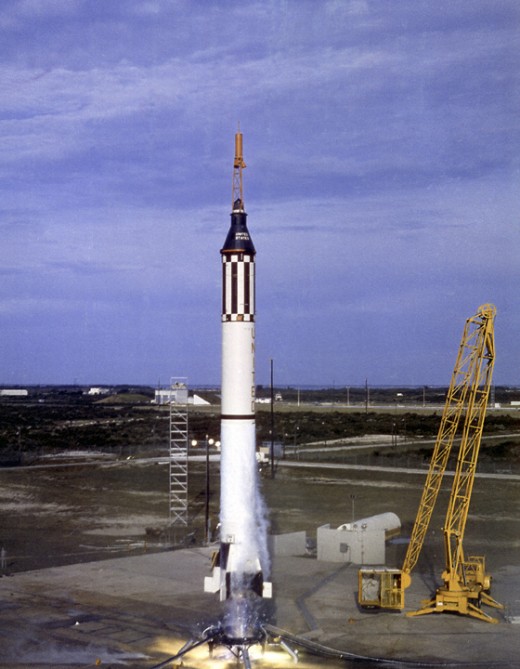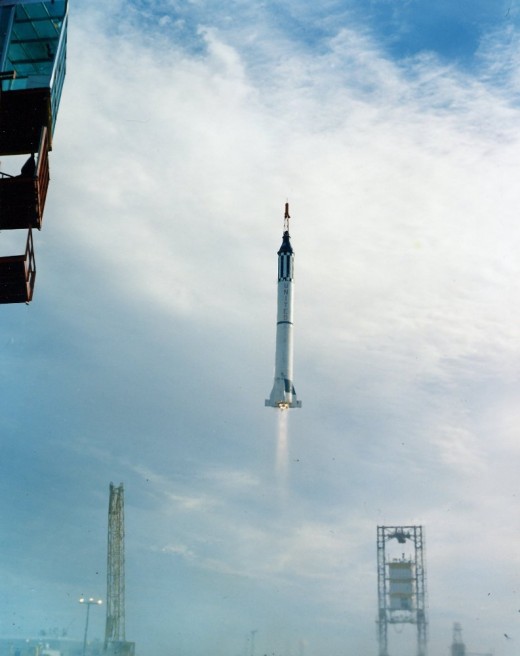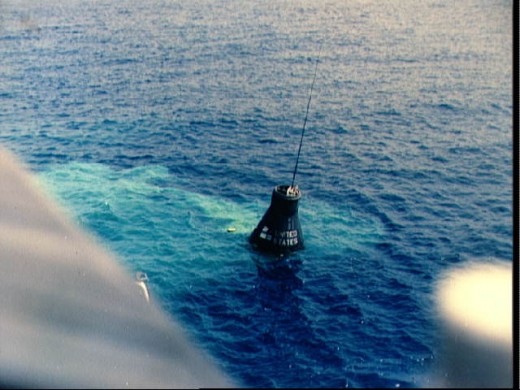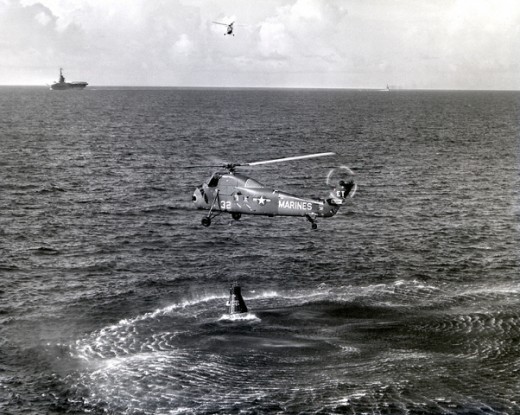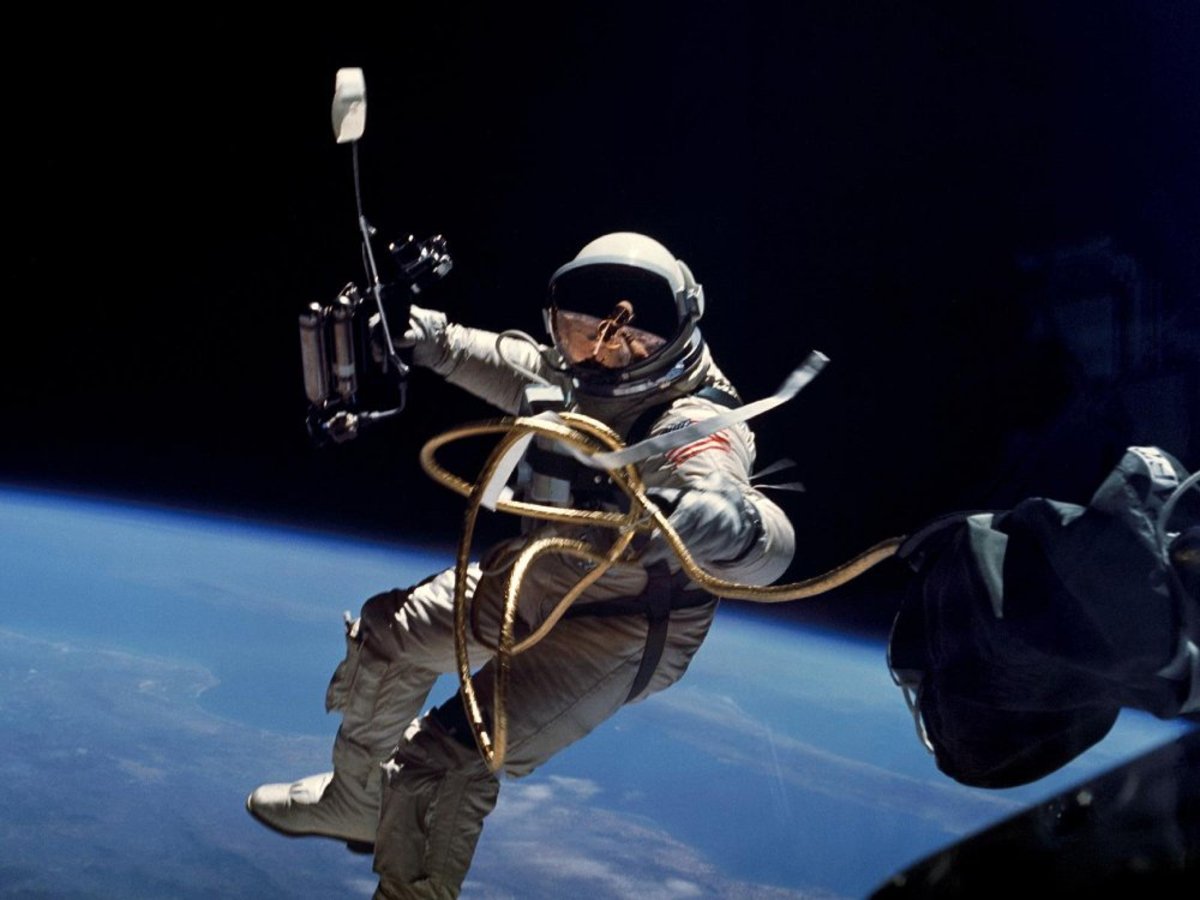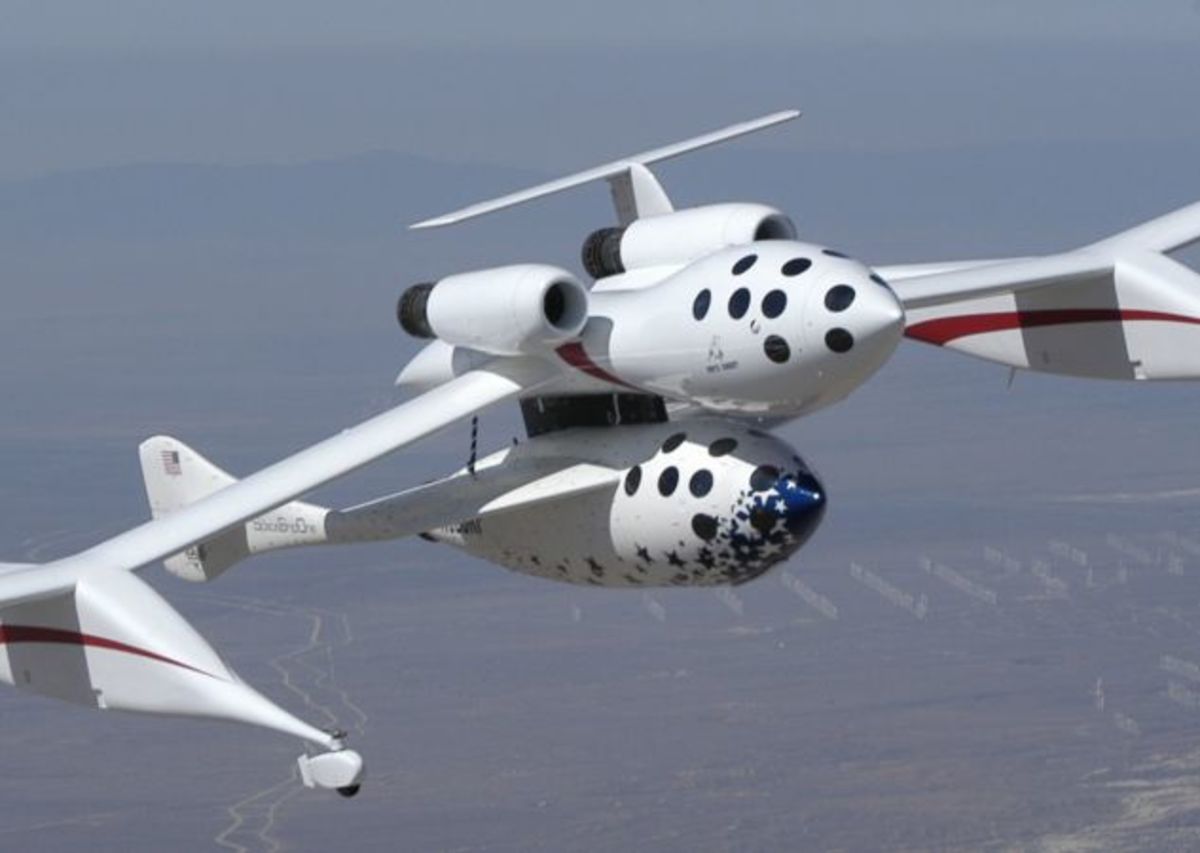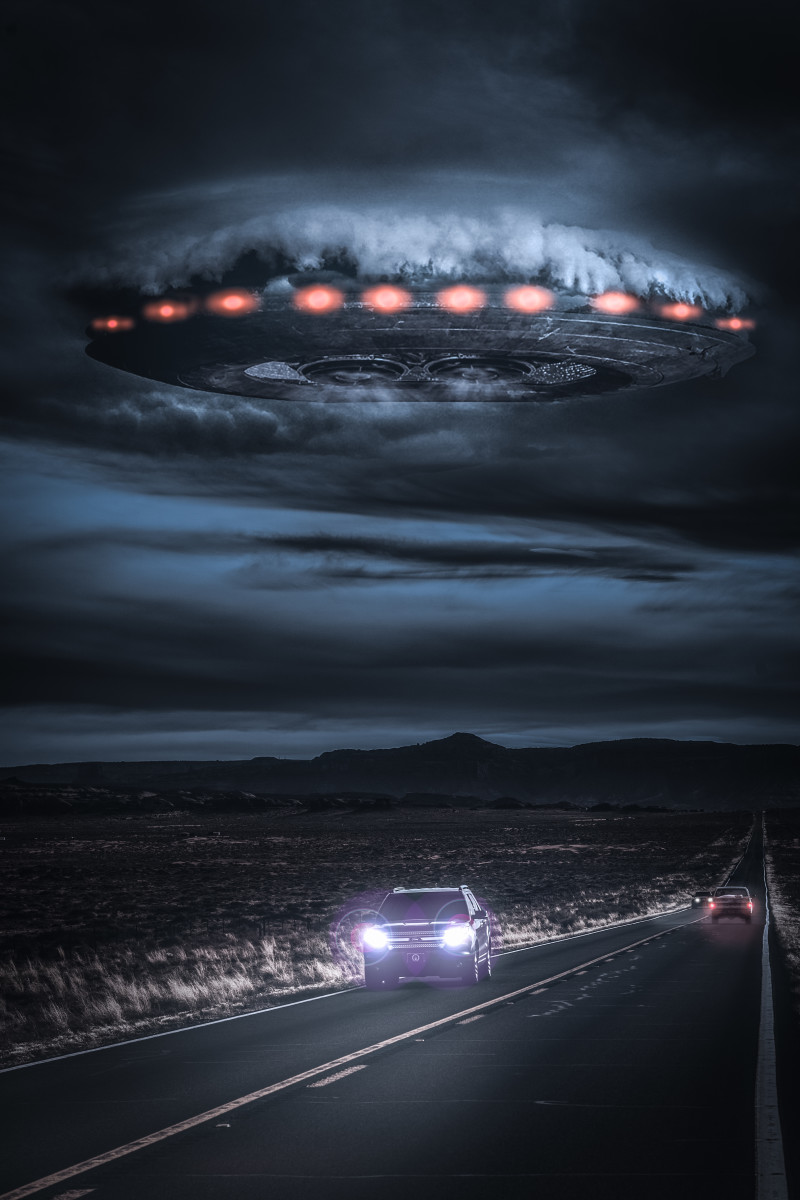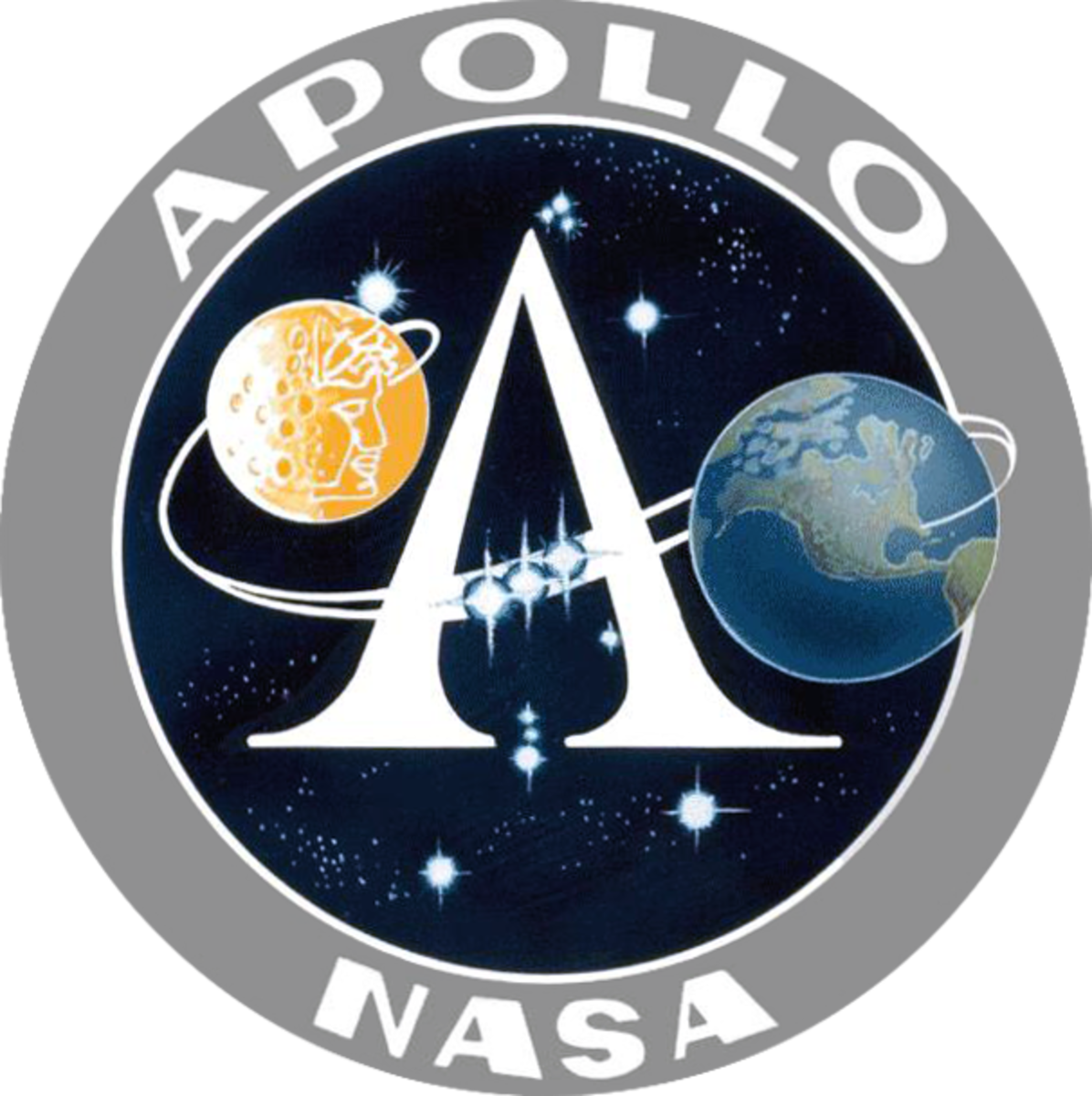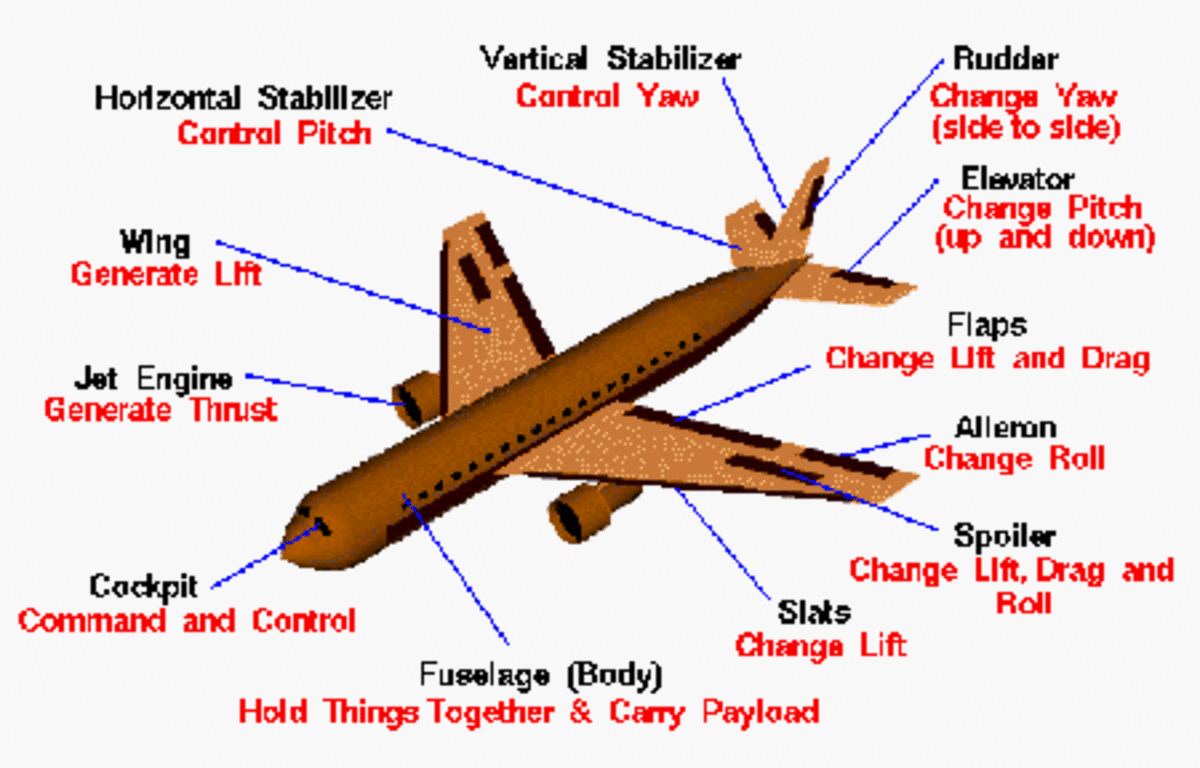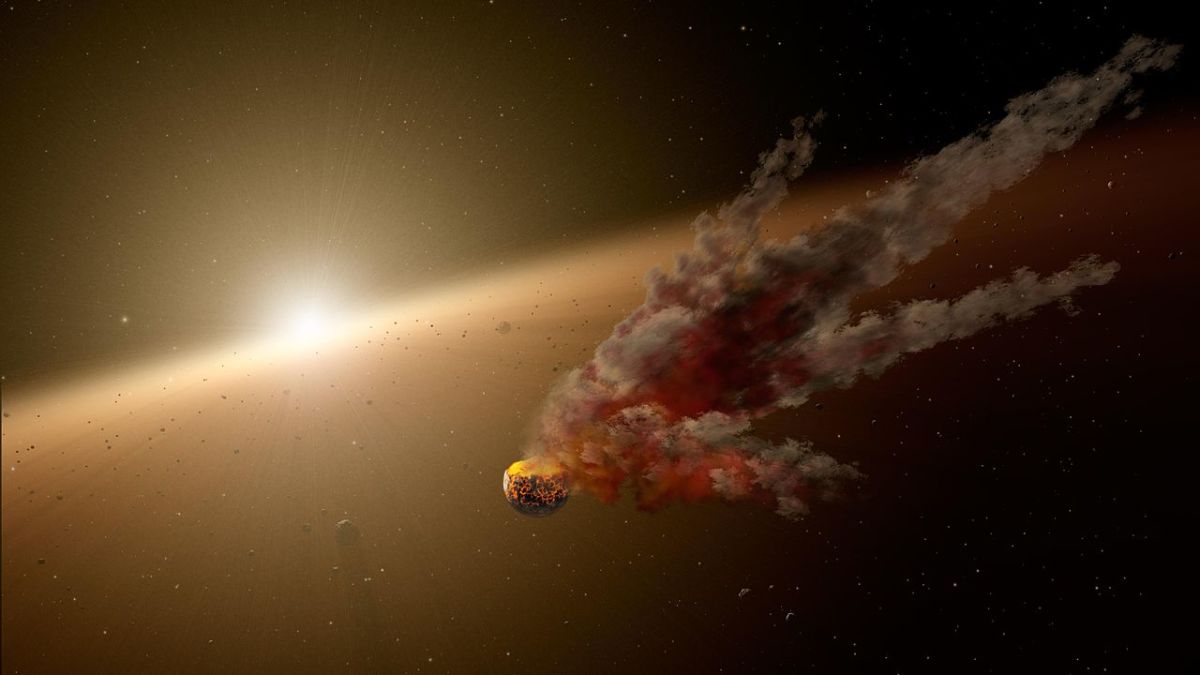NASA Project Mercury - Gus Grissom and Liberty Bell 7

This page is part of a series on America's first manned space program, Project Mercury. Links to all the hubs in this series can be found at the NASA Project Mercury Overview.




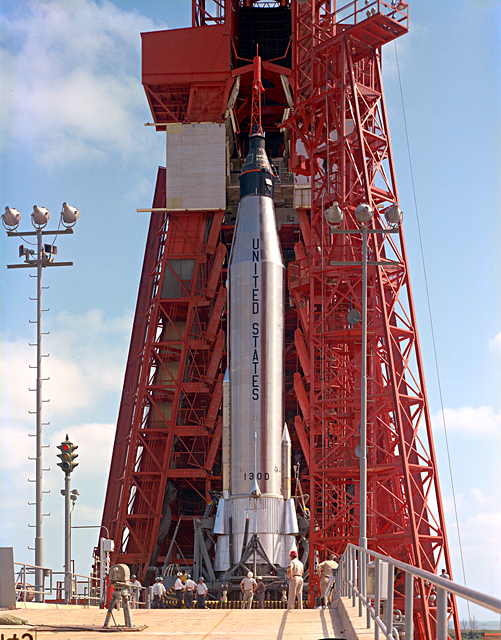
The second manned launch of Project Mercury took place on July 21, 1961. At 7:20 a.m. EST, astronaut Virgil ("Gus") Grissom lifted off from Launch Complex 5 at Cape Canaveral, Florida, to become the second American in space.
The Redstone rocket used for this launch was not powerful enough to carry the spacecraft into orbit, so the flight was a short sub-orbital one.
Grissom reached an altitude of 118.3 miles, and experienced approximately five minutes of weightlessness during his flight, which lasted 15 minutes and 37 seconds. The flight ended with splashdown in the Atlantic ocean, 302 miles from the launch pad.
Why a Second Sub-Orbital Mission?
At the time of Grissom's flight, Soviet cosmonaut Yuri Gagarin had already successfully orbited the earth. The flight on April 12, 1961 that made Gagarin the first man in space was an orbital flight. In addition, a sub-orbital mission nearly identical to Grissom's had already been flown by American astronaut Alan Shepard on May 5, 1961. Why did NASA choose to launch another sub-orbital mission? Why not match the achievement of the Soviets with an orbital flight?
The truth is that Redstone was the only rocket NASA had that was considered safe enough for manned launches. The Air Force ICBM, Atlas, was powerful enough to carry a Mercury spacecraft into orbit, but Atlas had been test-launched three times with unmanned spacecraft, and it had exploded in two of those launches.
The problems with Atlas would be resolved, and it would be the rocket to ultimately carry the first Americans into orbit, but at the time of Grissom's mission, a sub-orbital flight atop Redstone was the only option available.

Mercury-Redstone 4
Grissom's flight was officially known as Mercury-Redstone 4. It was to have been the fourth launch to use a Redstone rocket (including unmanned test flights). It was actually the fifth Redstone launch, but existing missions were not renamed when an additional test launch was added to the schedule.


Mission Objectives
The objectives of Grissom's mission were very similar to Alan Shepard's earlier flight, and were described by NASA as:
(1) To familiarize a pilot with a brief but complete space flight experience, including liftoff, powered flight, weightlessness (approximately 5 minutes), atmospheric reentry, landing, and
(2) To further evaluate a pilot's ability to perform as a functional unit during space flight by (a) demonstrating manual control of the craft during weightless periods, using the spacecraft observation window and periscope for attitude reference and recognition of ground check points, and (c) studying man's physiological reactions during space flight
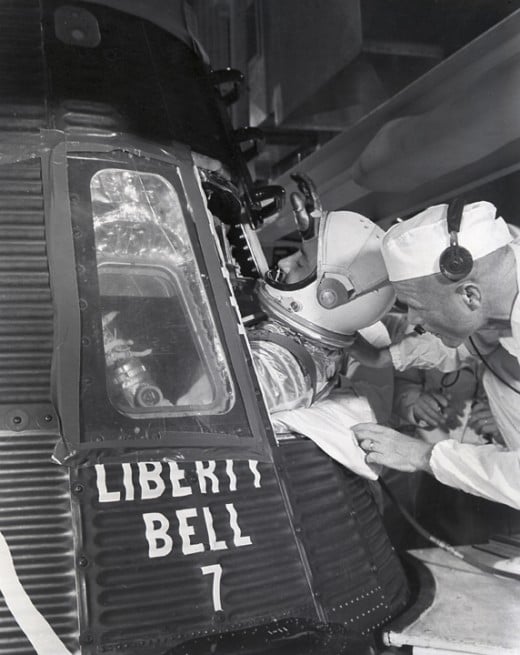
Liberty Bell 7
Grissom's spacecraft was named Liberty Bell 7. He chose this name because the capsule was bell-shaped, and because the Liberty Bell was a symbol of freedom. As with all the Mercury spacecraft, the number 7 was added to the name to represent the 7 Mercury astronauts.
Some significant changes had been incorporated into Liberty Bell 7 that were not part of Alan Shepard's spacecraft, Freedom 7. The most noticeable was that a larger window had replaced Freedom 7's small portholes, giving the astronaut a better view. The window was also inscribed with reference lines that could be used as navigational aids.
The second major change was the addition of explosive bolts to the hatch. By applying pressure to a plunger inside the spacecraft, the astronaut could quickly blow the hatch open, enabling a quicker, easier exit than Freedom 7's mechanically operated hatch allowed. These explosive bolts would prove disastrous for Liberty Bell 7.


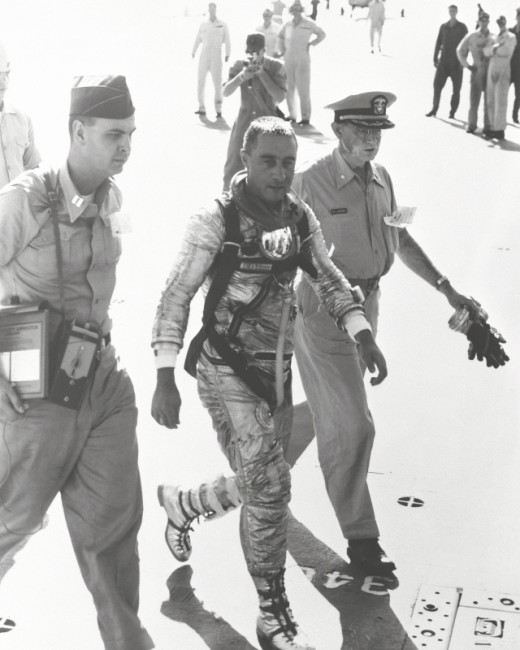
The Spacecraft Is Lost
Following splashdown, while Grissom awaited arrival of the recovery helicopter, the hatch of Liberty Bell 7 blew off unexpectedly. The spacecraft began to fill with water, and Grissom was forced to exit the capsule. A helicopter was supposed to retrieve Liberty Bell 7 and take it to a nearby aircraft carrier, the USS Randolph, but the flooded spacecraft was now too heavy. There was no choice but to release the spacecraft and let it sink.
Grissom was unable to explain why the hatch blew. He insisted that it had been a mechanical malfunction, but some wondered if he'd accidentally bumped into the plunger while moving around the capsule, or if he'd panicked and hit the plunger intentionally to blow the hatch, possibly because he thought the capsule was sinking. However, the force required to activate the plunger was so great that it could not have been activated accidentally. To activate the plunger, an astronaut would have to intentionally hit it with significant force.
Such an impact would bruise the astronaut's hand. This was demonstrated by astronaut Wally Schirra on October 3, 1962, when he intentionally blew the hatch on his spacecraft, Sigma 7, following his own flight. He did this after the spacecraft had been taken to the recovery carrier, in an attempt to support Grissom's version of events. The action left Schirra with a visible injury to his hand. Grissom had no such injury on either hand when he'd exited Liberty Bell 7.

The Recovery of Liberty Bell 7
In 1999, a team led by Curt Newport located and retrieved Liberty Bell 7 from the ocean floor. The spacecraft was restored and is now on display at the Kansas Cosmosphere and Space Center in Hutchinson, Kansas.


A Successful Flight
Despite the loss of the spacecraft following splashdown, Liberty Bell 7 performed as expected during flight, and Grissom performed well in weightlessness and during the rigors of launch and reentry. NASA was now certain that both the Mercury spacecraft and the astronauts themselves could handle longer, more demanding missions, once Atlas was ready.


References
In addition to the sources listed on the Project Mercury - Overview page, information for this hub came from the following original source documents:
- Cape Canaveral Press Room, Mercury-Redstone 4 Press Kit, NASA, 1961
- Manned Spacecraft Center, Results of the Second U.S. Manned Suborbital Space Flight - July 21, 1961, NASA, 1961

NBC News Coverage of Liberty Bell 7 (6 Parts):


